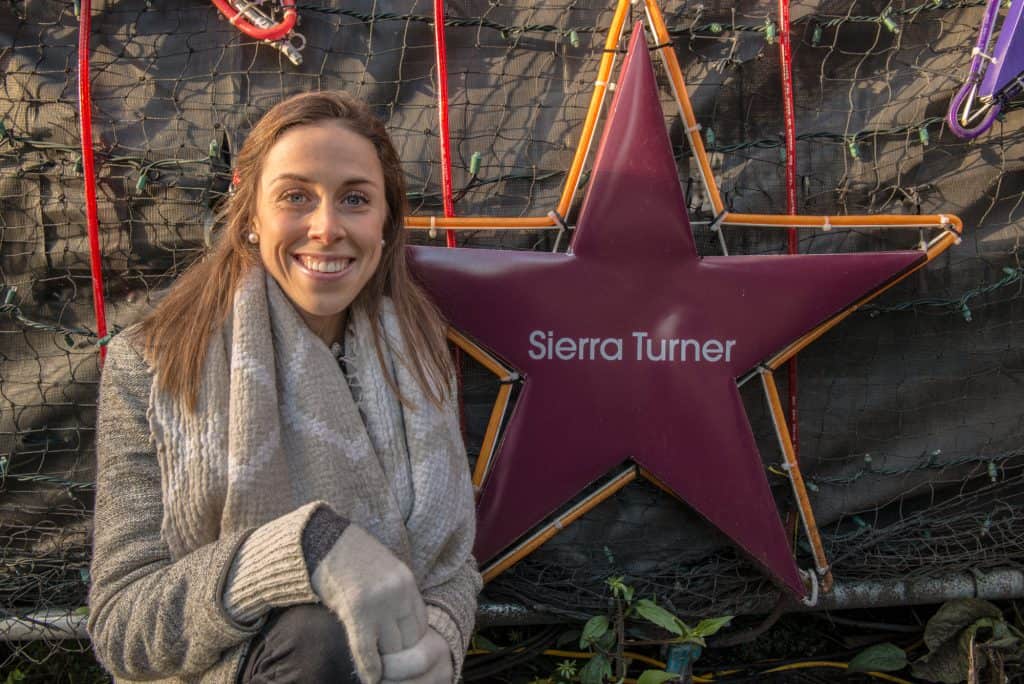Sierra Turner knows for a fact that the help she got at St. Paul’s saved her life.
Diagnosed with anorexia at 18, Sierra has spent the last six years in an exhausting cycle of recovery/relapse: a cycle many people living with mental illness know all too well. Sierra’s eating disorder was further compounded by anxiety, obsessive compulsive disorder, and depression.
“Things got really bad last November,” Sierra remembers. “I was admitted – yet again – to the Eating Disorders Clinic at St. Paul’s.” Sierra was so ill, and she had tried so many programs, she was beginning to give up hope. But her parents hadn’t.
Unsure of how to help their only daughter, but desperate to show their support, they got together with a few close friends to purchase a star in Sierra’s name as part of the 2017 Lights of Hope. They hoped she would be able to look out the window, see her star, and draw strength and courage from it. “It turned out that I couldn’t see the star from my room,” Sierra says. “But just knowing it was there was so encouraging for me.”

“The first time I was allowed outside, after a full month in the program, I went straight to my star. I cried when I saw it. It was so special.” Sierra remembers that over the entire holiday season, her friends would message her whenever they went by her star. “They sent so many positive thoughts…it made such a difference.”
And with that star lighting the way, Sierra and her team set out to find a path toward wellness.
Looking back almost a year later, Sierra says, “Thanks to St. Paul’s, I am in a much better place than I’ve been for quite a while.”
She has high praise for St. Paul’s and everyone involved in her care, especially her nurses. “I wouldn’t have gotten through without the nurses,” she says. “They were incredible. They spent extra time with me, sitting, listening. They encouraged me to move forward, but never pushed me or made me feel guilty if I wasn’t ready.”
And they continued to support Sierra, even after she left the hospital, to help her transition back into her life. “They didn’t just discharge me as though I was suddenly cured. Mental illness doesn’t work that way. They worked with me to provide the supports I needed.”
Sierra knows that the road to mental wellness is likely to be bumpy, but she’s looking forward to the future. This fall, she returned to university and she’s working part-time. “I’d like to study psychology and health sciences. I see myself working in the mental health field someday.”
For Sierra, the Lights of Hope are so more than a joyful Christmas display: they are a poignant reminder. Knowing her star was there – that her parents, family, and friends were cheering her on – helped Sierra to truly understand that no matter where you are in your journey, there is always, always hope.
When you donate to Lights of Hope, you literally give light and hope to people who may be engulfed in darkness and despair. Your donations not only give St. Paul’s the resources to help people like Sierra, they enable us to serve marginalized and disadvantaged populations including people living with mental illnesses, addiction and substance use, and illnesses such as HIV/AIDS and hepatitis.
